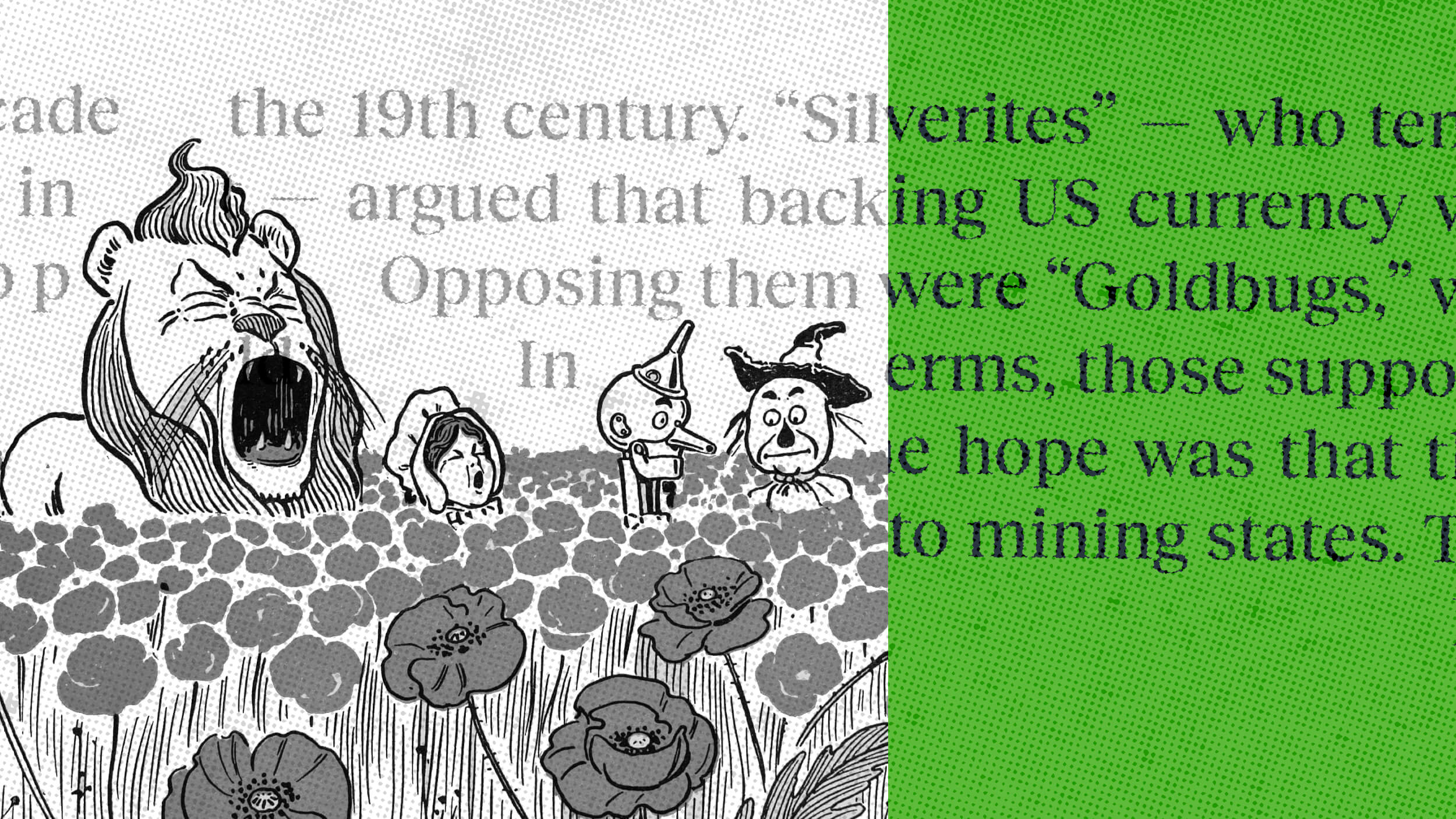Geobiologist Hope Jahren knows that children’s questions—why does this tree only grow in a certain place, for example—often hold far bigger answers than the child ever intended, because those simple questions are often gateways to understanding larger concepts. That curiosity into how the world works is the basis for all great scientific reasoning. Hope’s latest book is Lab Girl.
Hope Jahren: I think it's surprising and really pleasing to think about those things that you do know but you haven't turned them over in your mind. It's almost like a rock that when you flip it over you see all kinds of bugs and dirt and the whole thing is just moving, et cetera—And it's the same rock you've just flipped it over. So here's an example.
So, an oak tree. Maybe you've had an oak tree in your life or your yard or whatever, so I do the experiment where I say, what if every single acorn that oak tree ever produced turned into another tree? What if every acorn that was ever produced by every tree turned into another tree? Well, animals would never have evolved. I mean the earth would be so packed we'd be so up to our eyebrows in trees, nothing else could move. And that allows me to step into the very interesting story of how plants approach reproduction so differently than we do.
They put out mind-boggling numbers of offspring. And then those offspring have very, very low odds of success. They have very low odds of germinating. And of the ones that even start to grow, a vast, vast subset will actually root. And of those, a vast subset will grow to any kind of height. And then of that, another tree, right? And then if an oak tree produces acorns for a hundred years in a row, all it needs is one of those acorns to become the replacement tree to still have an oak inhabiting that chunk of the planet.
So the seed, and you've seen hundreds of thousands of seeds just in one month probably, let alone in the food you eat, you come across seeds all the time but each one of those seeds is an impossible thing. It's a piece of hope that's produced with almost no chance of success.
And then you can flip that over and say, every tree that you see was once a hopeless seed like that. And so the trees in front of us are this impossible thing. It's this impossible journey that almost never happens, and yet it results in something that's the biggest, oldest, longest living life form on the terrestrial surface.
And so I think the real joy for me is that I can take things that are already familiar to you and by sharing the story of how I've learned to look at them, you can see those things you've been seeing a little differently with a little more joy and a little more connection. And that's what I really like to do.
So I talk about curiosity-driven research as questions that we try to answer: “Why is that tree growing successfully in that place but never in that place?” That's a curiosity question. It's the kind of question a little kid could come up with.
“Why don't we have those trees at our house?” Now buried in the answer might be something that could give us better fruit someday that we can sell in the marketplace and feed hungry people with, but that result, that application to growing food for people is buried several steps below that answer.
My part of that is to look at that first answer: “What is that tree? What does it do? Why is it there?” And we call that the curiosity-driven piece because that answer will be basically turned over to other experts who know how that might play out into something that is important for the marketplace.
But there's no substitute for that first step, for that little kid question.
And all the work that goes, you've got to get a bus ticket and go to that place, you got to go to that place, you've got to count them, you've got to bring some of the tissues back. There's an expense associated with that particular type of work, and I talk very much in my book about where that funding is coming from and how it's diminishing rapidly and how it's not nearly enough to support all the curiosity that the public has and all the science that we've trained a generation to do.





